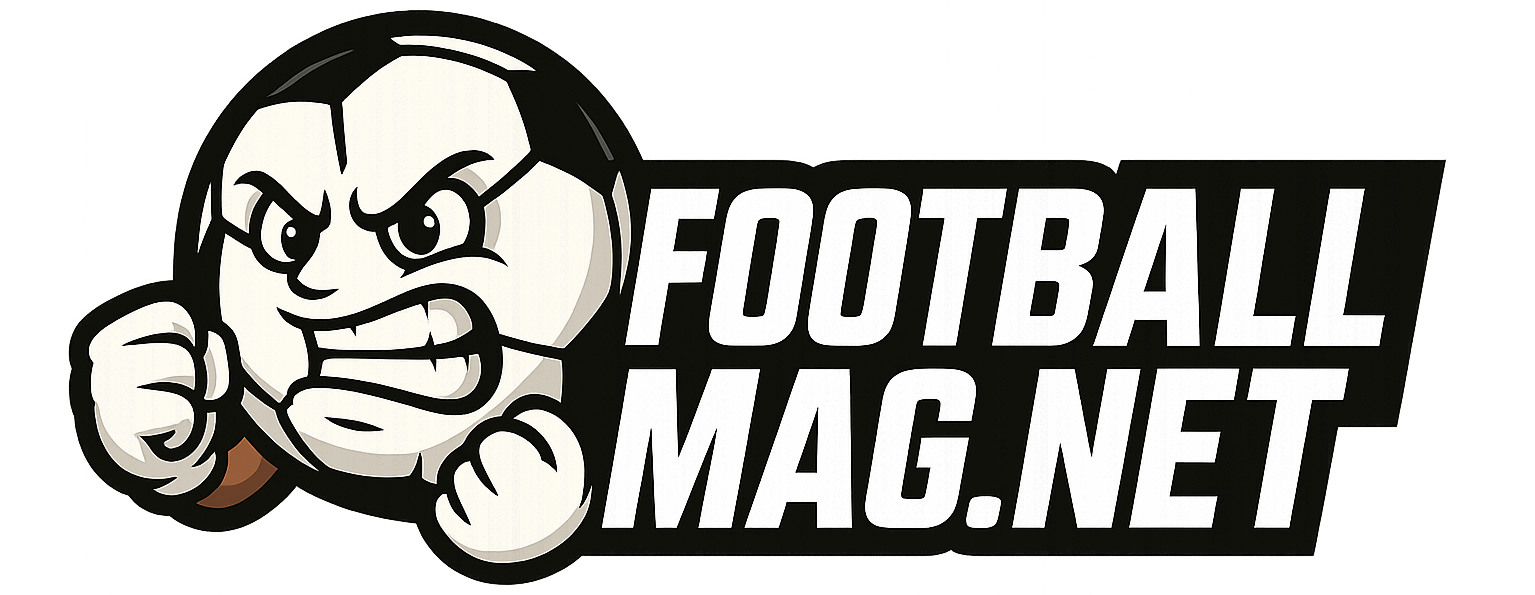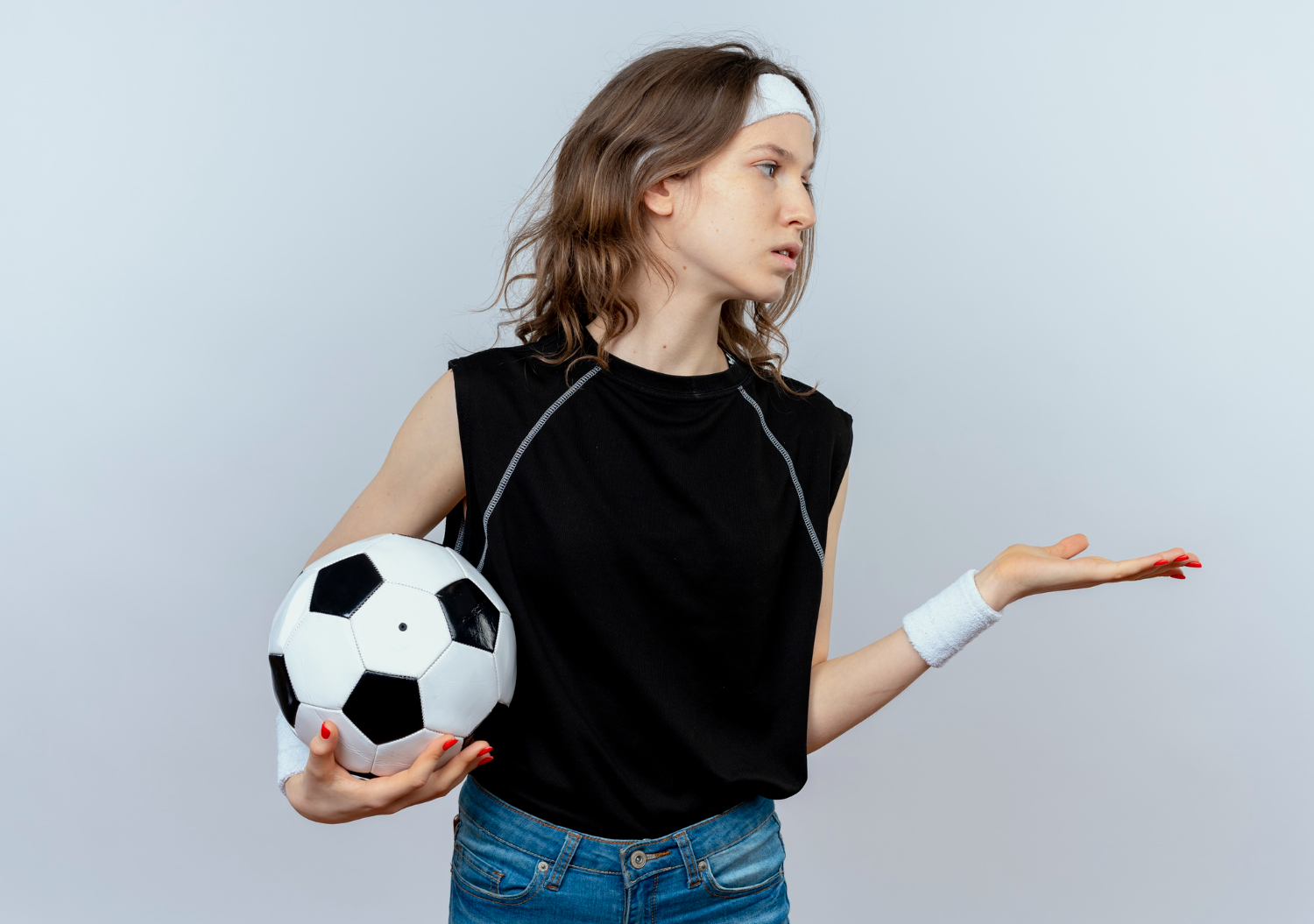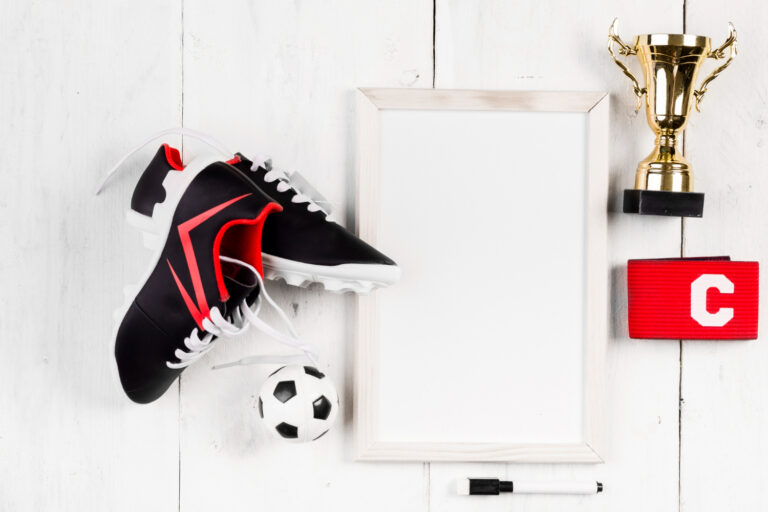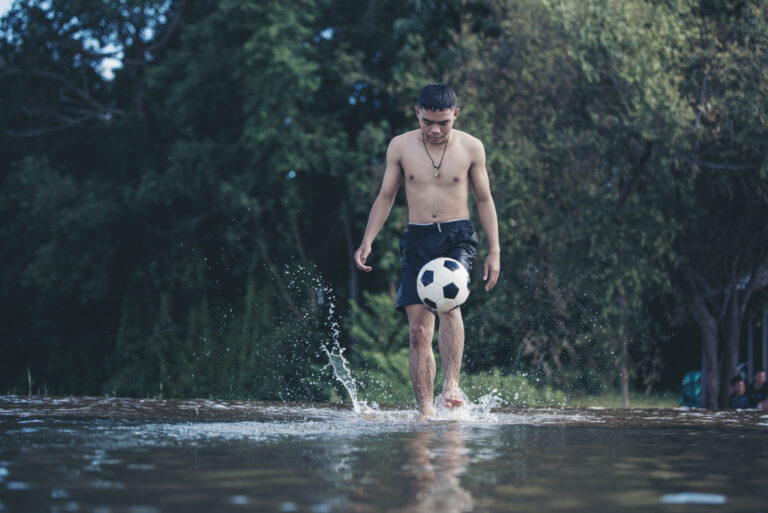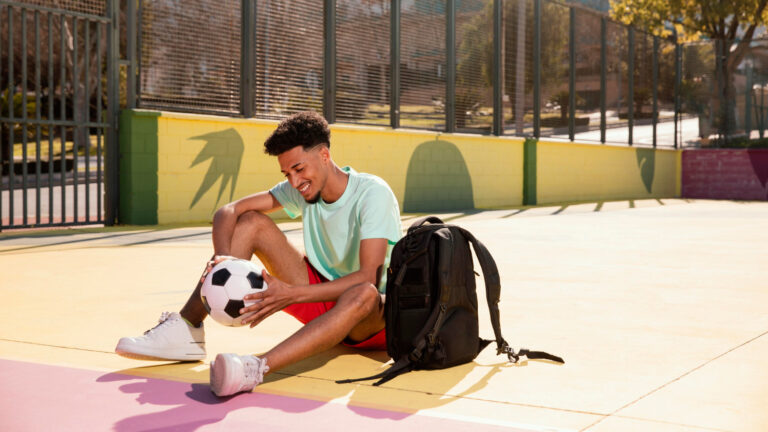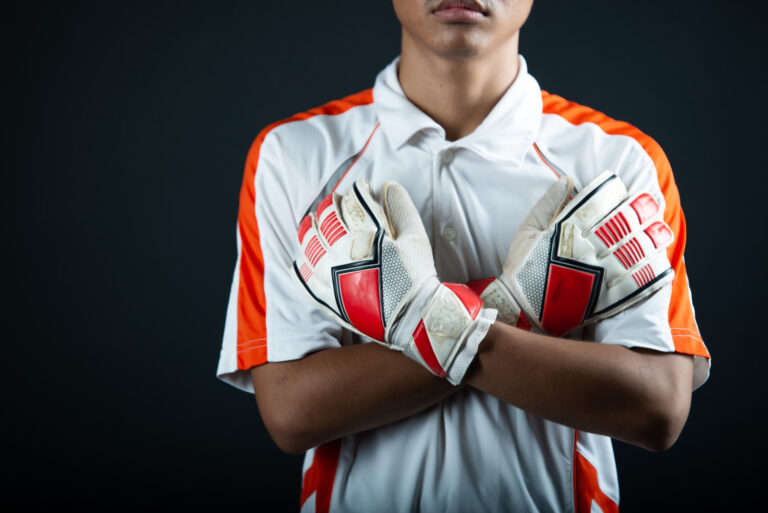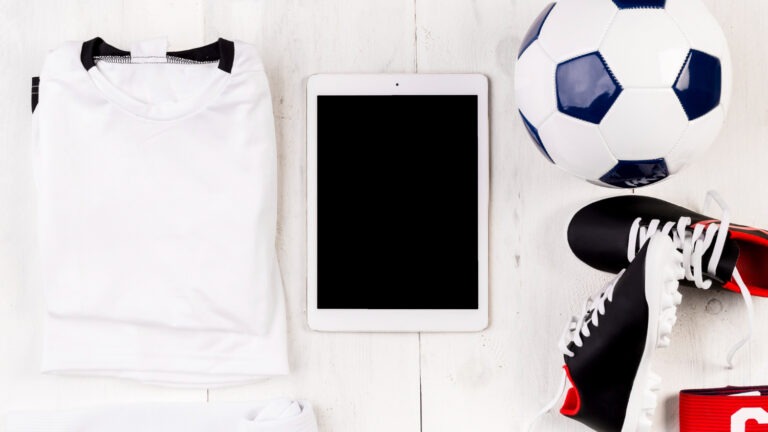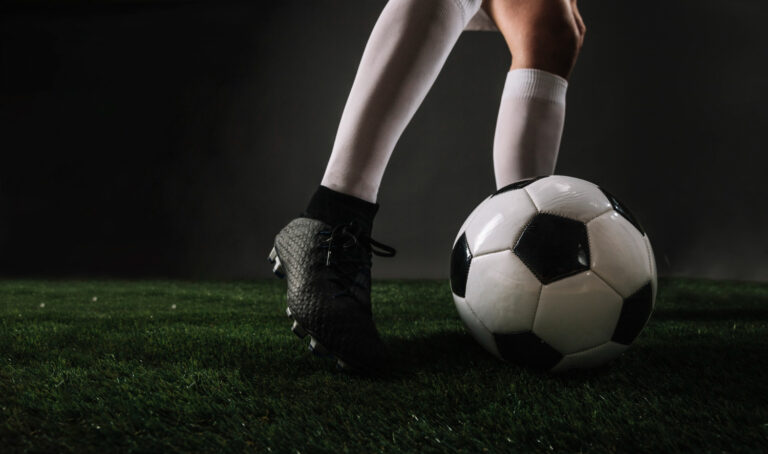Choosing the Right Ball for Every Surface
Picking the perfect football isn’t just about brand loyalty or flashy designs. It’s about performance, feel, and reliability across different terrains. From the gritty bounce of concrete to the cushioned slide of artificial turf, I’ve seen how the ball you play with can make or break a session. Choosing the right ball for every surface matters more than many casual players think. It’s not just a matter of aesthetics, it directly affects your touch, accuracy, and even injury risk.
Let’s break down what to look for and which ball suits each surface best, based on years of trial, error, and some seriously scuffed toes.
Natural Grass
Playing on natural grass is the traditional experience most of us dream about. But the texture, dampness, and unpredictability of this surface call for a ball that can handle subtle movement while staying consistent in flight and bounce. Natural grass can vary from well-maintained pitches to uneven community fields. That variation means you need a durable ball with excellent stitching, a consistent bladder, and a surface that doesn’t soak up too much moisture.
FIFA-approved match balls are built for this, but they’re not always budget-friendly. Training balls with textured PU covers are a good balance, they mimic the feel of a match ball without the hefty price tag. You want a ball that keeps shape even after hours of play and doesn’t balloon after getting wet. I’ve noticed that size 5 balls with thermo-bonded panels tend to fare better here compared to machine-stitched ones.
If you’re serious about improving your technical game and passing range, using the correct ball on grass is essential. It teaches you how to apply just the right weight on your passes and how to anticipate natural roll.
Artificial Turf
Turf is common in urban areas and schools. The surface offers consistent roll and bounce, but it can be punishing on certain ball types. That means choosing the right ball for every surface includes considering how heat, texture, and rubber crumbs affect wear and performance. Turf balls take a lot of friction abuse. You’ll want something that doesn’t peel or fray quickly.
Balls with a slightly harder casing, ideally TPU-coated, tend to last longer here. While they may feel less “premium” compared to natural grass balls, they maintain their form under turf’s abrasive nature. I’ve used balls that felt amazing on the first day but cracked after a few intense sessions on turf, so investing in something turf-specific saves money in the long run.
Control also becomes more predictable on turf. That allows players to focus on faster movement, quick dribbling drills, and sharp turns. The right ball will glide, not skip or drag.
Indoor Courts (Futsal)
Indoor play is its own beast. Fast, small-sided, high-pressure matches require a ball that doesn’t overreact to every nudge. Futsal balls, which are slightly smaller and heavier, are engineered for this exact reason. They have low bounce and excellent responsiveness, two qualities that improve close control and tactical passing.
Using a standard ball indoors creates chaos. It bounces too high, rolls too fast, and makes precise footwork much harder. I’ve watched players fumble their first few sessions simply because they brought an outdoor ball to an indoor game. Once they switch to a proper futsal ball, their control tightens, and confidence returns.
Futsal balls often have felt or synthetic suede covers to dampen the impact, and the bladder is typically latex for softness. If you play regularly indoors, having a dedicated futsal ball is non-negotiable.
Concrete or Street Surfaces
Street football is raw, unpredictable, and incredibly fun. But concrete destroys cheap footballs in no time. Choosing the right ball for every surface means durability first when playing on tarmac or rough pavement. Street balls are designed with reinforced rubber layers, abrasion-resistant shells, and deeper seams.
Control also differs significantly. The surface is unforgiving, so the ball needs a heavier weight to reduce bounce and increase traction. I like using street-specific balls with rubberized outer shells, which grip better and give you more control in tight spaces.
What’s remarkable is how playing on the street with the right ball sharpens your instincts. The smaller touches, quick flicks, and reduced bounce teach you to master control under pressure. A proper ball makes all the difference in these situations.
Beach and Sand
Beach football is physically demanding and wildly different from traditional surfaces. You don’t want a standard football out here. A beach ball is lighter, often water-resistant, and usually has a softer, cushioned surface to accommodate barefoot play.
Using a regular ball on sand is not just ineffective, it’s painful. I’ve tried it, and it’s like kicking a brick once the ball absorbs enough water and sand. Beach-specific balls are engineered to remain lightweight even when wet and are designed for higher visibility under the sun.
Sand affects bounce, roll, and player movement. With the right beach ball, you get a floatier touch, which suits the aerial nature of the game. It feels almost like playing a different sport, but one where having the right ball elevates the experience.
Match Balls vs Training Balls
The debate between match and training balls is common. Match balls are top-tier: FIFA-approved, excellent weight distribution, superior materials, and optimized flight. Training balls, on the other hand, focus on durability and repeated use.
If you’re someone who plays five times a week, you don’t want to burn through match balls. They’re more delicate and prone to scuffing or pressure loss over time. Training balls hold up to daily punishment, and some brands have become masters at balancing feel with toughness.
When I’m drilling long passes or shooting for an hour straight, I go for a training ball. But for organized matches or high-stakes pickup games, nothing compares to a crisp, high-end match ball.
Factors That Affect Ball Longevity
Proper maintenance is part of choosing the right ball for every surface. I’ve seen perfectly good balls destroyed early due to negligence. Storing a ball in the trunk of a hot car, overinflating it, or leaving it soaked overnight will reduce its lifespan significantly.
Always deflate slightly after sessions in extreme temperatures, wipe the ball clean if it’s muddy or sandy, and store it in a breathable mesh bag. If you switch surfaces often, rotating between multiple balls is smart, it spreads the wear evenly and helps each one last longer.
Also, remember that even the best ball will eventually lose shape and grip. Don’t cling to it for nostalgia; replace it when necessary.
Ball Sizing Matters
Size matters more than you’d think. While most adult players use size 5, youth players should be using size 3 or 4 depending on their age. A ball that’s too large can hinder technical development, while one that’s too small affects game realism.
Surface also plays a role in sizing preferences. Some players enjoy using slightly smaller balls on turf or concrete for better control. Others like sticking with regulation size across the board for consistency.
Ultimately, the best approach is to experiment during training and settle on what gives you confidence, precision, and touch.
Material and Panel Construction
You’ll notice big differences in how a ball feels depending on its construction. PU (polyurethane) balls are generally softer and used for high-quality training or match play. PVC (polyvinyl chloride) is more durable and suited for rougher conditions like turf or concrete. Some street balls are made entirely of rubber to resist abrasion.
Panels also affect aerodynamics. Balls with fewer panels (e.g., 6 or 12) have smoother flight and less unpredictable swerve, while those with 32 panels offer traditional movement. If you like curling shots or knuckleballs, panel layout makes a big difference.
Experimenting with different styles of construction taught me how ball dynamics affect play, especially in long passes and shots from distance.
Price Doesn’t Always Equal Quality
Price tags can be deceptive. I’ve bought expensive match balls that wore out in weeks and mid-range training balls that lasted years. Branding plays a big role in pricing, so it’s important to read reviews and ask teammates what works for them.
For each surface, there are budget options that still deliver excellent performance. Don’t be swayed solely by a ball’s appearance. Pick one based on surface compatibility, material strength, and how it responds during your style of play.
If possible, test a ball before committing. Even juggling for a few minutes gives you a feel for weight, bounce, and touch.
Final Thoughts
Choosing the right ball for every surface is one of the most underrated aspects of improving your game. From street to sand, each environment demands something different. It’s not just about feel or control, it’s about adapting to terrain and maximizing what each session offers.
Whether you’re a weekend warrior, an aspiring pro, or someone who just loves pickup games with friends, the ball you choose matters. I’ve built a small collection over time, each tailored to a different surface, and it’s made every session sharper, smoother, and more enjoyable.
Invest in the right ball for the right field, and you’ll feel the difference from your first touch to the final whistle.
